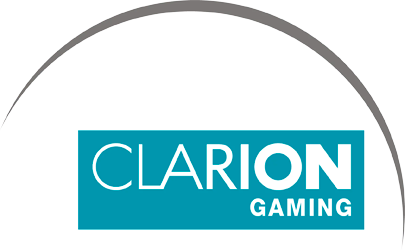The size of the global gaming market is expected to exceed $300 billion by 2025, according to a study conducted by ex corp, a leading developer of competitive gaming services, in collaboration with renowned analytics agency Nielsen.
The report highlighted the remarkable growth and potential of competitive gaming, which has increased since 2020 and reached $64.4 billion in 2022, capturing over 28% of the overall gaming market share.
As the gaming and eSports industry continues to expand, industry experts predict a slower but steady growth rate of 8% through 2026, based on the 14.4% compound annual growth rate witnessed between 2017 and 2022.
Competitive gaming is the fastest growing category in the industry with a 73% increase from 2020.
In comparison, the casual games category saw a 53% increase and the eSports category saw a 50% increase. Despite the boom, eSports remains a small fraction of the global market, accounting for just 1% of the total.
Numbers about the esports market
In terms of the popularity of the genre, shooters maintain their position at the forefront, boasting the highest number of monthly active users, reaching 428 million in 2022.
This trend has persisted over the past five years, solidifying shooters as the game’s favorite game. In 2022, Role Playing Games (RPGs) followed closely, with 285 million players, while strategy games captured the interest of 269 million players.
Around 168 million players have participated in multiplayer online battle arena (MOBA) games. In addition, sports games attract 118 million players and simulation games register 88 million players.
These numbers demonstrate the diverse preferences and broad appeal of various genres in the global gaming market.
Shooter games proved to be the leaders not only in number of users, but also in revenue. It has amassed a remarkable $36 billion in total monthly digital revenue. Close behind, RPG secured $28.7 billion in financial revenue.
Sports games have had a notable impact, generating revenues of $15 billion. The strategy genre achieved substantial revenue of $14.8 billion.
MOBA games, represented primarily by Dota 2 and League of Legends, generated $9.9 billion in revenue, attracting a dedicated and enthusiastic player base.
Lastly, the simulation genre reached revenues of $9.2 billion, allowing players to experience virtual versions of real-life activities or scenarios, such as flight simulators, city-building simulations, or life simulations.
Global gaming market expected to top $300 billion by 2025
The study conducted by ex corp and Nielsen also predicts that the global gaming market will reach a value of over US$302 billion by 2025.
The Asia-Pacific region has been a driving force of this growth, contributing more than half of the global market value in 2022, exceeding $121 billion.
North America accounted for $61.6 billion and EMEA contributed $50.6 billion, each representing approximately a quarter of the total market size.
Latin America remains a relatively underdeveloped gaming and eSports market; in 2022, it contributed approximately 1.7% of global spending, or $3.9 billion.
China has become the world’s largest single gaming market
In a groundbreaking development, the study highlights that China has emerged as the world’s largest single gaming market, overtaking the United States in 2022.
The Chinese gaming market has reached over US$62.9 billion, constituting 27% of the total market share.
The United States followed closely with $57.1 billion (24%) while Japan and South Korea, two other major Asian markets, contributed $25.7 billion (11%) and $13.1 billion dollars (6%), respectively.
Other major gaming markets include the UK, Germany, France, Canada, Italy and Australia. Combined, the top ten countries account for more than 83% of total global gaming spending.

Furthermore, the study revealed the percentage of competitive gaming players in different countries, as well as their monthly spending:
- South Korea: 28% of competitive players. Average monthly spend: $37.3
- Japan: 14.1%, $34
- UK: 13.7%, $38.9
- France: 10.7%, $39.1
- Australia: 8.6%, $43.3
- United States: 7.8%, $52.4
- Russia: 7.8%, $22.3
- China: 6%, US$ 14,8
- Canada: 5.6%, $40.3
- Italy: 4.6%, $35.6
- Germany: 4.5%, $44.5
- Brazil: 4%, $4.3
“The gaming industry has been growing at a double-digit rate for years. However, the growth rate is slowing down and more people are shifting from casual gaming to competitive gaming.” said ex corp founder and CEO Pavel Dunaev.
“As a result, we expect competition between game studios to increase and game publishers to focus not only on attracting new audiences, but also building communities around their games to retain gamers.”
“At the same time, we expect the big competitive gaming titles to continue to grow and attract more audiences, shifting them away from casual games,” concluded Dunaev.




















































